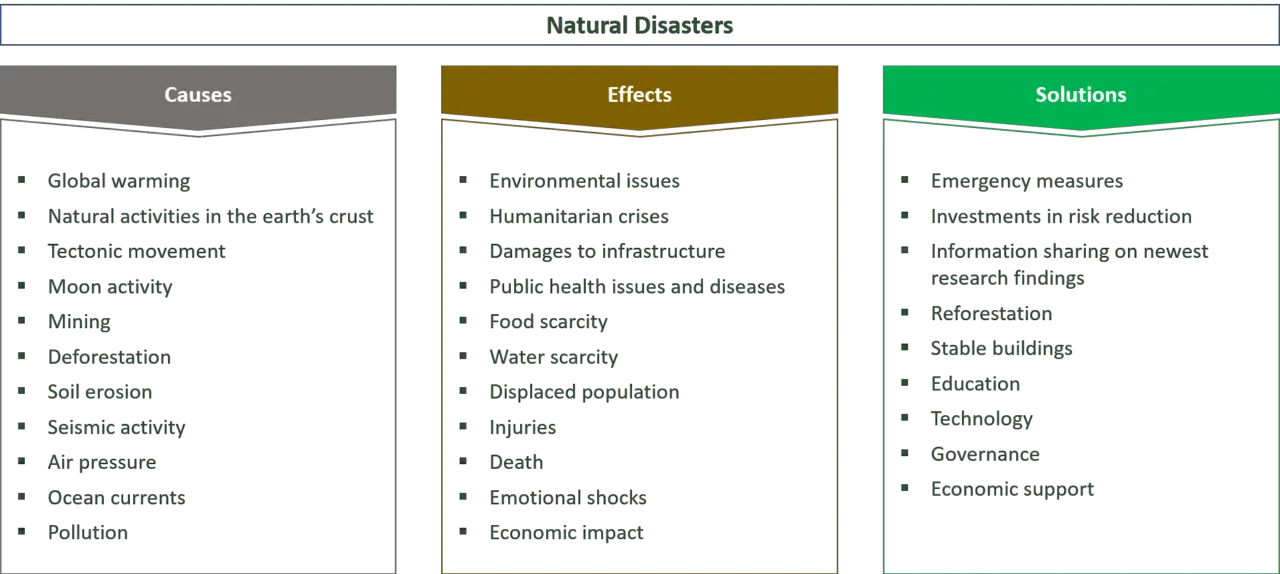During the 2021-22 school year, a retired Tier I member may work in a TRS-covered position for 140 days or 700 hours and not lose benefits. A member's benefits are suspended if the limit is exceeded and the member has not been approved to teach in a subject shortage area.
For the 2022-23 school year, the post-retirement limitations are 120 days or 600 hours. Under the law, the limits are scheduled to return to 100 days or 500 hours on July 1, 2023.
Paid sick, personal and vacation days are subject to the post-retirement employment limitations.
In order for TRS to track the time that annuitants work in post-retirement employment, TRS-covered employers will report the annuitants' time worked in hours. This will allow TRS to notify employers and annuitants when the annuitant is close to exceeding the limits and if the annuitant has exceeded the limits.
Count time worked and the use of accumulated leave time toward the limitation. Each full day (five or more hours) is recorded as five hours, even if the annuitant worked more than five hours on that date. For partial days (fewer than five hours), the actual number of clock hours worked is recorded. Count hours to the nearest quarter hour.
| Monday | Tuesday | Wednesday | Thursday | Friday | Total Hours Worked |
|---|---|---|---|---|---|
| 0 hours worked | 3 hours worked | 0 hours worked | 7 hours worked (counted as 5 hours for full day) | 0 hours worked | 8 hours counted toward 600-hour limitation |
Time worked must be counted against the limit.
Only work that requires teacher licensure (including summer school and substitute teaching) is subject to the days or hours post-retirement employment limitation. All time that a teacher or administrator is required to be present for duties requiring teacher licensure is subject to the limitation. For teachers, this includes preparation periods and time before, between, and after classes. For administrators, this includes all time that is required to be spent on administrative duties, such as attendance at board meetings and contract negotiations.
All time that a teacher or administrator is required to be present for duties requiring teacher licensure is subject to the limitation. For teachers, this includes preparation periods and time before, between, and after classes. For administrators, this includes all time that is required to be spent on administrative duties, such as attendance at board meetings and contract negotiations.
Extra duties that do not require teacher licensure (e.g., coaching, lunchroom supervision, chaperoning) are not subject to the post-retirement employment limitation.
In addition to the employment limitations indicated for Tier l annuitants, Tier 2 annuitants have the following additional restrictions:
 Failure to notify TRS as well as his/her contractual employer of his/her retirement status prior to accepting contractual employment may result in a Class A misdemeanor and a fine of $1,000.
Failure to notify TRS as well as his/her contractual employer of his/her retirement status prior to accepting contractual employment may result in a Class A misdemeanor and a fine of $1,000.For additional information regarding post-retirement employment, please refer to Chapter 10, Post-Retirement Matters, of the Employer Guide.
Retirees can return to work at the discretion of an employer under certain conditions either through TRS’s permanent return-to-work programs that apply to all TRS employers or temporary changes currently in effect that apply only for school districts. All return-to-work programs are limited by law and are an option for employers. Both the permanent and temporary programs are outlined below.
Temporary Return-to-Work Program for School Districts OnlyTemporary return-to-work changes summary
Permanent Return-to-Work ProgramInformation elsewhere below on this page and its links should be read in concert with the guidance in the link above through June 30, 2024.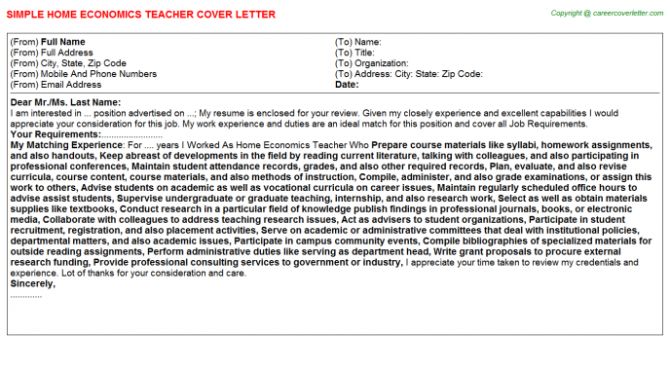
Rules for TRS retirees returning to work with a TRS employer are made up of Kentucky Revised Statutes 161.605 and the the Kentucky Administrative Regulations. The law and regulations govern in the event of any unintended conflict between them and the information on this page and its links. Rules also differ based on when a person retired and for what type of TRS employer the retiree intends to work. A TRS 1, TRS 2 or TRS 3 retiree returning to work in a new account on or after Jan. 1, 2022, will be in a TRS 4 account; TRS 4 retirees are not eligible for a return-to-work account. The links below cover most situations retirees will face. Less-common situations are described below.
Retired before Jan. 1, 2020:
Options chart
Retired on or after Jan. 1, 2020:
Options chart
Common questions and answers:
For retirees returning to work with a TRS non-university employer
For retirees returning to work with a TRS university employer
If you return to work with a TRS non-university employer in the part-time, full-time or critical shortage programs, you will start contributing to a second retirement account. After earning five years of service credit, you may retire this account and receive another lifetime annuity.
After earning five years of service credit, you may retire this account and receive another lifetime annuity.
If you terminate your employment before earning five years of service credit, you may apply for a refund of your account. Account refunds may be rolled over to another qualified retirement savings plan or paid to you. You may call for a refund application at 800-618-1687.
Minimum Daily Wage Threshold (DWT) AmountYour daily wage threshold cannot be less than $170 a day. When a DWT is calculated and is less than $170 it will be increased to $170 per day as the maximum allowable earnings for a full day of work in a TRS position.
You may return to work after only a two-month break in service under certain circumstances. This opportunity requires that you forfeit your retirement allowance for the remainder of the required standard break in service.
For example, if you return to work part time (or full time for a TRS employer other than the one from which you retired), you must experience a complete two-month break in service and then forfeit your retirement allowance for the remaining month of the standard break in service.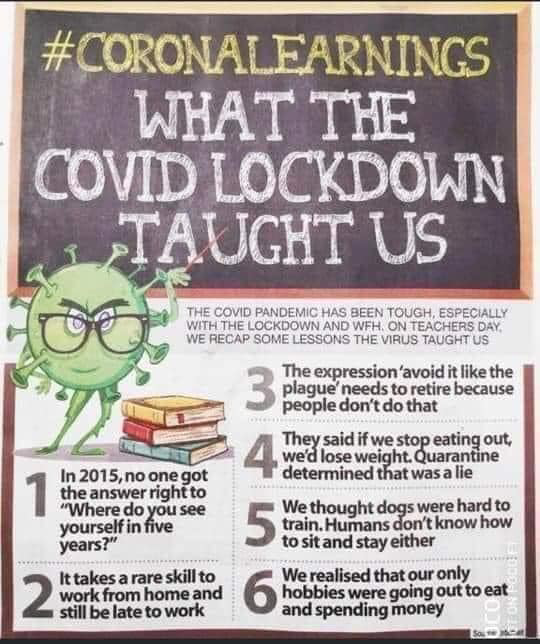
If you return to work full-time for the same TRS employer from which you retired, you must experience a complete two-month break in service and then forfeit your retirement allowance for the remaining 10 months of the standard break in service. If you experienced a six-month break in service, then you would be required to forfeit your retirement allowance for the remaining six months of the standard break in service.
The required minimum break in service never will be less than two complete months.
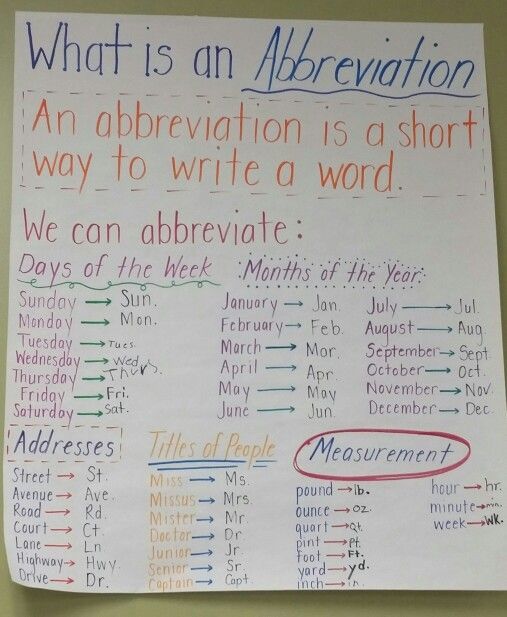
If you work 3.5 hours or less in a day, TRS considers that as half day toward the 100-day limit. If you work more than 3.5 hours, TRS considers that as one day toward the 100-day limit.

Teachers spend 5-6 lessons a day, supervise and educate schoolchildren, prepare them for exams and check homework after work. Such hard work requires special conditions for work and rest. Today we will talk about vacation and work experience of pedagogical workers.
The duration of vacation for teachers of pre-school and additional education is 42 days, primary and secondary education - 56 days. To do this, the teacher needs to be registered in the state at the main place of work, work full-time and submit a written application for leave.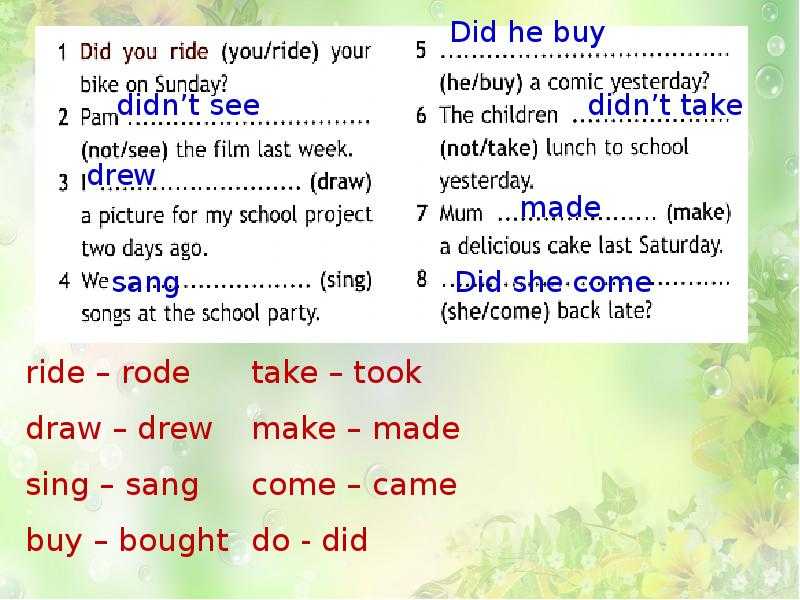
Teachers can replace part of the vacation with monetary compensation if the employer does not mind. However, they still have to use 28 days of vacation. This is written in article 126 of the Labor Code.
Part of the annual paid leave, exceeding 28 calendar days, upon written application of the employee may be replaced by monetary compensation.
Let's say a teacher has 56 vacation days. He does not want to rest and writes a statement addressed to the director, in which he asks to replace the entire vacation with money. You can’t do this - you have to take at least 28 days of vacation. The remaining 28 days, if the director does not mind, the accounting department will pay in cash.
Teachers can retire before they reach retirement age, this is stated in the Federal Law "On Insurance Pensions".
The insurance pension is assigned to persons who have been engaged in pedagogical activity for at least 25 years.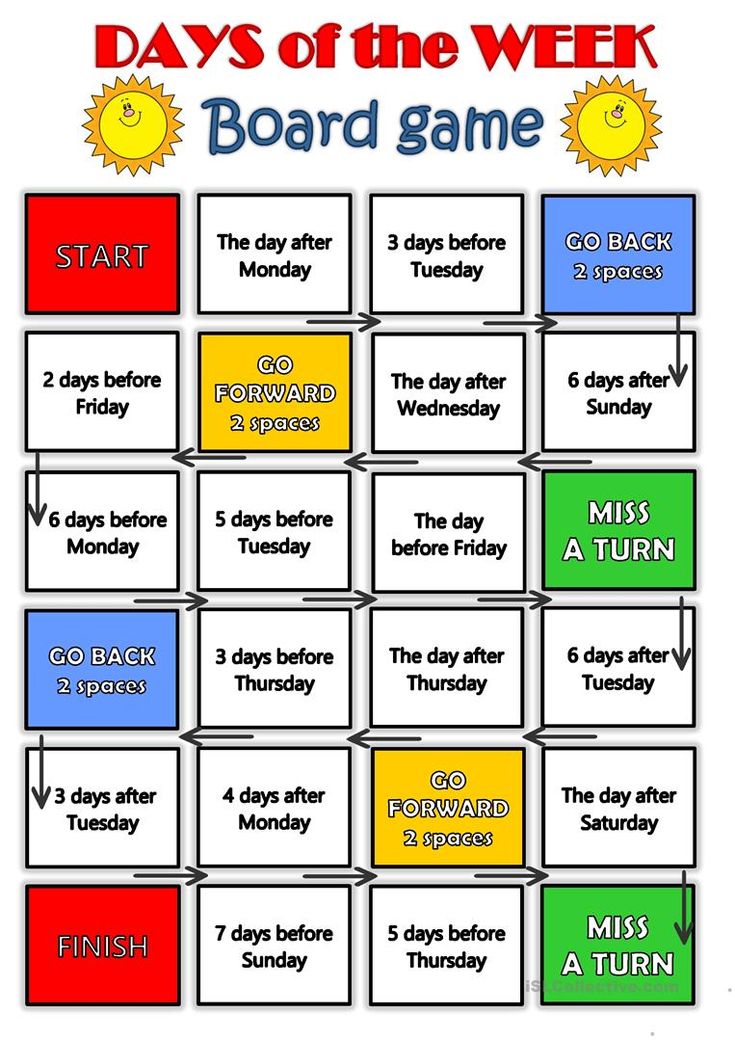
The law does not say that the experience must be continuous. If a teacher has taught at a school for 20 years, quit and returned to teaching after three years, he will have to work for five years to accrue an insurance pension.
In addition to seniority, the value of the individual pension coefficient (IPC) is important. It should be equal to 30. You can find out the value of the IPC on the website of the Pension Fund.
The list of positions and educational institutions, the length of service in which gives the right to early retirement, approved by Government Decree No. 781.
Teachers should also take into account the different conditions for calculating the length of service in the period before and after 2000:
- until 09/01/2000, the work experience of a teacher includes all periods of work, regardless of the fulfillment of the standard of working time of the pedagogical or teaching load. Even if the administration could not provide you with a load according to the norm of hours, these days will be counted as seniority.
Even if the administration could not provide you with a load according to the norm of hours, these days will be counted as seniority.
- after 09/01/2000, only periods of work in which you fully complied with the norms of working hours of a pedagogical or educational load are counted in the experience.
The teaching experience includes the time of direct work, annual and additional paid holidays, maternity leave, periods of temporary disability, confirmed by a certificate.
Starting this year, a grace period for the appointment of a pension is introduced for teachers. At the same time, the teacher himself decides whether to work after acquiring the necessary length of service or not.
Information from Federal Law No. 350
For example, if a teacher has completed the required length of service in 2019, then he will be able to issue pension payments only in the second quarter of this year.